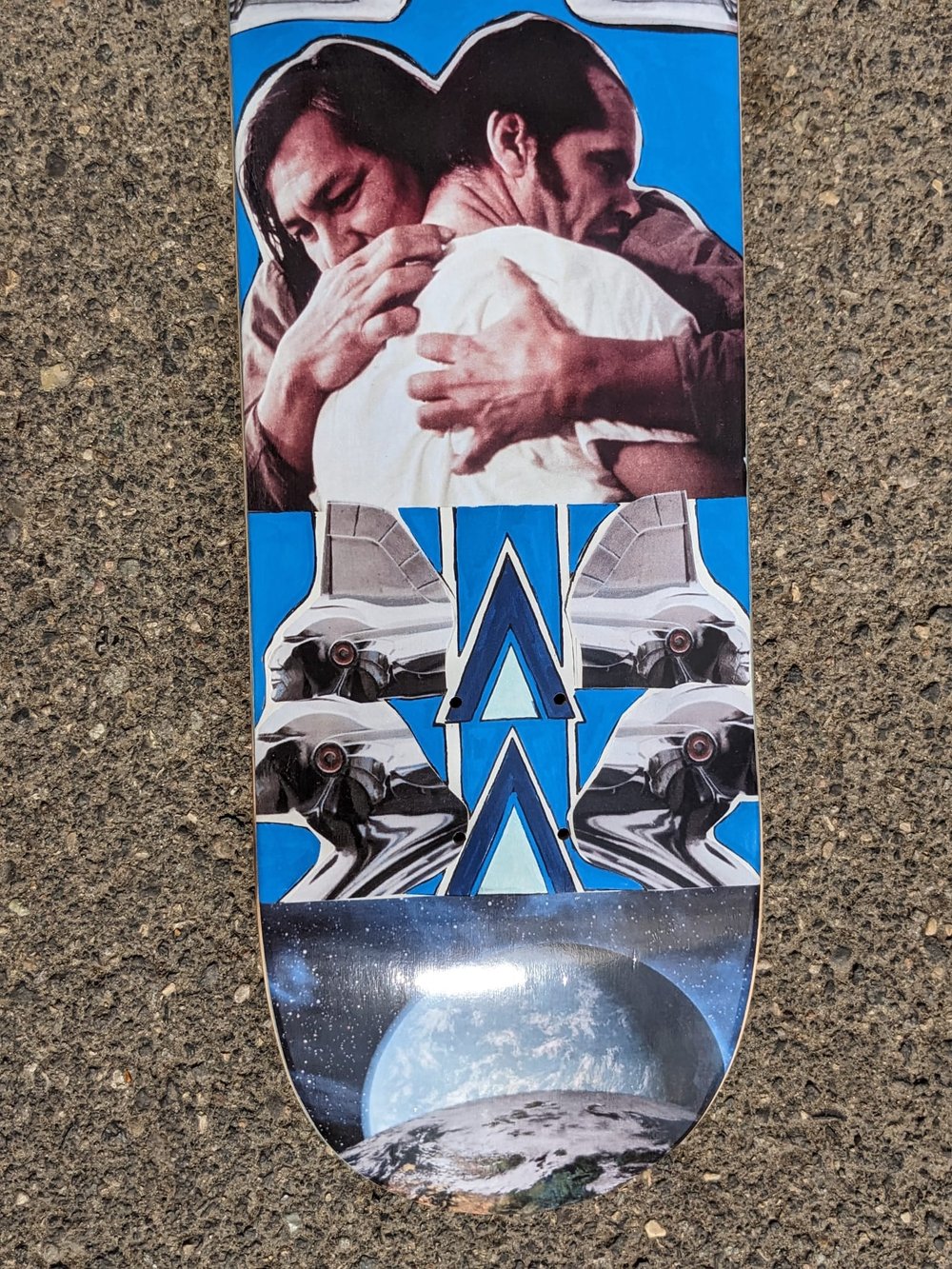Four Directions - Kookoo's Nest






The Medicine Wheel and the Four Directions hold deep significance in Indigenous cultures and traditions, offering a holistic framework for understanding life, spirituality, the natural world, and interconnection. These teachings have guided Indigenous peoples and communities with traditional wisdom, balance, and harmony since time immemorial. Constructed from stones on the land, the original Medicine Wheels date back as far as 4000 B.C., with the Bighorn Medicine Wheel in Wyoming believed to be over ten thousand years old or more.
The Medicine Wheel is a circular symbol divided into four sections, each representing different aspects of life, directions, and seasons, encompassing the physical, mental, emotional, and spiritual aspects. The specific teachings and colors associated with each direction vary among communities and nations. According to Anishinaabe teachings:
• East: Represents new beginnings, associated with the colour yellow, spring, and childhood.
• South: Represents growth and warmth, linked to red, summer, and adulthood.
• West: Denotes reflection and healing, represented by black, brown, or blue, autumn, and middle age.
• North: Signifies wisdom and endurance, associated with white, winter, and Elder/Mooshum/Kokum.
The Medicine Wheel is a powerful tool for aligning with natural cycles and achieving balance in life, reflecting its cultural and traditional significance.
Amidst this backdrop, the graphic features car emblems of Chief Pontiac – Obwandiyag, a prominent leader from the Ottawa Tribe. The Pontiac War (1763-1766), led by Chief Pontiac, was a significant uprising against British rule in the Great Lakes region, driven by Indigenous resistance to colonial policies and land encroachment. Pontiac and other First Nation leaders fought to reclaim their lands and resist British control, launching coordinated attacks on British forts. Despite initial successes, the conflict eventually weakened due to internal divisions and effective British military responses, concluding with treaties such as the Royal Proclamation of 1763 that aimed to limit colonial expansion into Indigenous territories.
The depiction of Chief Pontiac - Obwandiyag on the graphic symbolizes unity, resistance, and the ongoing struggle for reclamation. Alongside this, the image of Chief Bromden and Randle P. McMurphy from One Flew Over the Cuckoo's Nest symbolizes the enduring power of love and compassion, encouraging support for one another despite circumstances or external pressures. The inclusion of Planet Earth observing Kepler-22b—a distant, potentially habitable planet—underscores the message of connection, reminding us to care about and support one another no matter what.
Resources:
https://www.ictinc.ca/blog/what-is-an-indigenous-medicine-wheel#:~:text=How%20long%20ago%20stone%20medicine,be%20millions%20of%20years%20old.
https://science.nasa.gov/exoplanet-catalog/kepler-22b/
https://www.thecanadianencyclopedia.ca/en/article/pontiacs-war-feature
https://en.wikipedia.org/wiki/Medicine_Wheel/Medicine_Mountain_National_Historic_Landmark
https://indigenizinglearning.educ.ubc.ca/curriculum-bundles/the-medicine-wheel/
